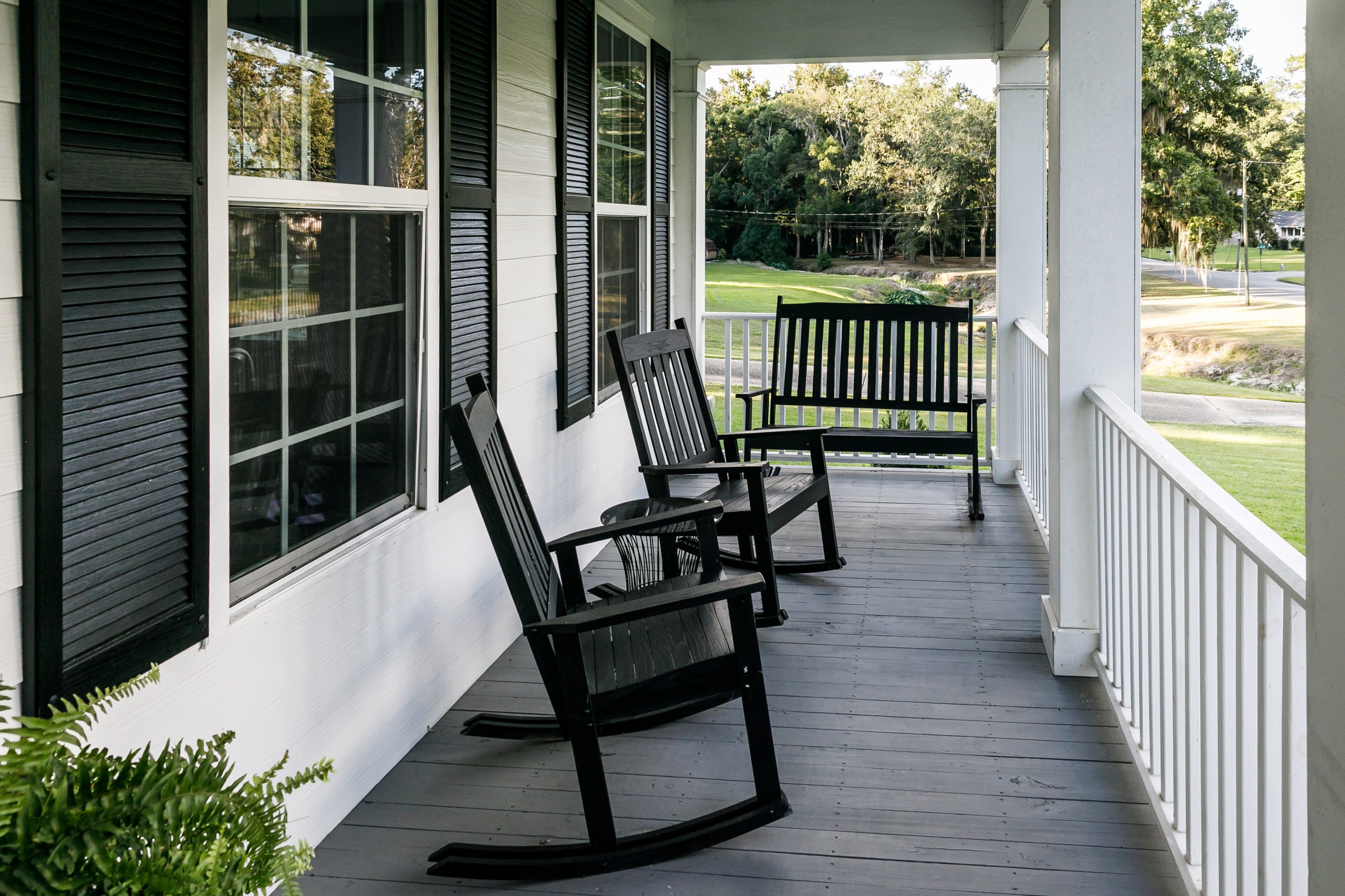There’s no doubt 2020 has been a tough year for everyone, but if there’s a silver lining it’s that racial disparities – of treatment, opportunity, and wealth – have come so sharply into focus to the point that they can no longer be ignored. And a quick glance at 25 years of quarterly homeownership rates by race and ethnicity provided by the U.S. Census Bureau highlights a big part of the problem:

Source: Census.org
Although the overall U.S. homeownership rate has nearly recovered from the Great Financial Crisis of 2008 to 65 percent in 2019, if anything, the gap between white non-Hispanic Americans and minorities increased, with a staggering 31 percent difference in homeownership rates between white and Black Americans. Worse still, an October 2020 report from MIT spells out that Black Americans who do own homes are penalized by paying more across the life of a mortgage loan:
- $743 more per year in mortgage interest payments
- $550 more per year on mortgage insurance premiums
- $390 more per year in property taxes
The MIT team estimates that these excessive payments add up to $13,464 across the life of a loan, with an estimated impact on retirement savings of $67,320.
“These inequities make it impossible for black households to build housing wealth at the same rate as white households. The black-white income gap of $25,800 is exacerbated by this “black tax” on homeownership. If we eliminate these extra costs paid by African Americans, the $130,000 black-white gap in liquid savings at retirement would drop by half.”
Sizable minority populations
Although still considered a minority group, the Hispanic population in the U.S. passed 60 million in 2019, making it the second-fastest-growing racial or ethnic group after Asian Americans. Hispanics now make up 18 percent of the U.S. population, and 80 percent of Hispanics are U.S. citizens. In other words, the community as a whole makes up a significant demographic and a great opportunity for mortgage lenders who focus on lending to Hispanic homebuyers.
In our recent Ask the Expert webinar on Customizing Lending to the Hispanic Community, Kristin Miller, Head of Service Strategy at Doma, hosted Frank Fuentes, the National Vice President of Multicultural Community Lending at New American Funding. Frank joined New American Funding 20 years ago as the first Latino and bilingual loan officer and he specializes in servicing the needs of the Hispanic market.
Frank’s approach to being a loan officer is to be honest, fair, ethical, and an educator around the process of obtaining a mortgage. He explained that for a long time, the language barrier deterred many in the mortgage industry from dealing with the Spanish-speaking demographic. But Frank pointed out that at least five million Hispanics are millennials and with an average age of 29 years old and English as their main language, they represent a prime group of home-buying candidates.
“All your messaging, and I’ll just give you a couple of examples, has to be, it has to be in English, but with a cultural twist, whether you incorporate music, whether you incorporate food. But it has to have a cultural twist with English messaging. So that’s just scratching the surface on what has to be created or thought about when you’re creating content to market to this burgeoning and super important demographic being the Hispanic millennials.”
Frank also stressed the importance of being culturally clean, and how important it is to understand cultural nuances that exist within the Hispanic market, suggesting that doing so helps build trust and a rapport to effectively communicate and engage with the subcultures within the Hispanic community.
Banks are stepping up
In an October press release, JP Morgan Chase announced a commitment of $30 billion to advance racial equity. Central to the sizable financial commitment is the $26 billion the bank will spend to promote and expand affordable housing and homeownership for under-served communities. The initiative will see the lender originate 40,000 mortgages and 20,000 refinancing loans for Black and Latinx households.
Systemic racism is a tragic part of America’s history. We can do more and do better to break down systems that have propagated racism and widespread economic inequality, especially for Black and Latinx people. It’s long past time that society addresses racial inequities in a more tangible, meaningful way.
– Jamie Dimon, Chairman and CEO, JPMorgan Chase & Co.
And Chase is by no means alone, in either its recognition of the problem, or its willingness to start redressing the balance with financial commitments. In June, Bank of America announced a $1 billion, four-year commitment to support economic opportunity initiatives for health, employment, small businesses, and housing. And Citi also announced a $1 billion initiative, including $550 million to support homeownership for people of color and affordable housing by minority developers. Regional banks are also doing their part, with Detroit-based TCF bank announcing $1 billion in minority and women-owned small business loans, and $10 million in housing grants to low-to-moderate income homebuyers.
It’s clear that there are historical disparities in the mortgage industry that have caused major differences in homeownership and the cost of financing a home. At the same time, in 2020, banks have acknowledged these differences and committed to financial initiatives to help redress the balance. With the right approach, including education and being sensitive to differences in how minorities view homeownership, lenders should consider the opportunity in serving traditionally underserved racial and ethnic groups.


